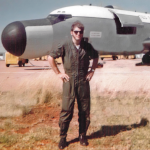
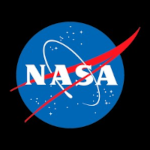
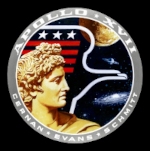
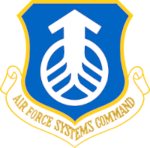
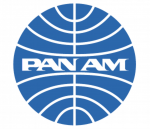
Apollo/Range Instrumentation Aircraft Support of Apollo 17
Michael Zeitfuss - ARIA Communications System Engineer - Pan American World Airways - Aerospace Services Division
Pre-mission
Sterilization - Calibrations - Simulations
The output of the plan was a comprehensive set of documentation that fully defined the configuration of the ARIA required to support TLI and reentry. Each of the four tracking receivers and the eight data receivers had to be configured with plug-in frequency tuning head (and crystal), demodulators (phase or FM), 2nd IF filter (3.3MHz, 500 KHz, 300 KHz, etc), and video switch settings. The RF patch panel had to be configured with the necessary jumpers to route the antenna polarizations to the receivers and the various receiver outputs to the two wideband data tape recorders and to each of the 14 tracks on each recorder. Additionally, the 7 tracks of the ½ inch voice recorder had to be properly configured.
Once the ARIA were properly configured the aircraft were frozen (sterilized) and were then ready to proceed with the necessary pre-mission calibrations. Aircraft and prime mission electronic equipment (PMEE) sterilization for Apollo 17 formally began on 20 November 1972. For pre-mission calibrations the ARIA were re-spotted on the PAFB tarmac to face south as shown in Figure 4. This alignment gave the ARIA a look angle to the engineering/spacecraft simulator lab located on the top of Bldg 989. This orientation allowed the ARIA to receive a signal from the lab that allowed the operators to verify equipment operations and in particular to practice/verify proper tracking system performance. Calibrations were scheduled and completed in a timely manner during daylight hours.
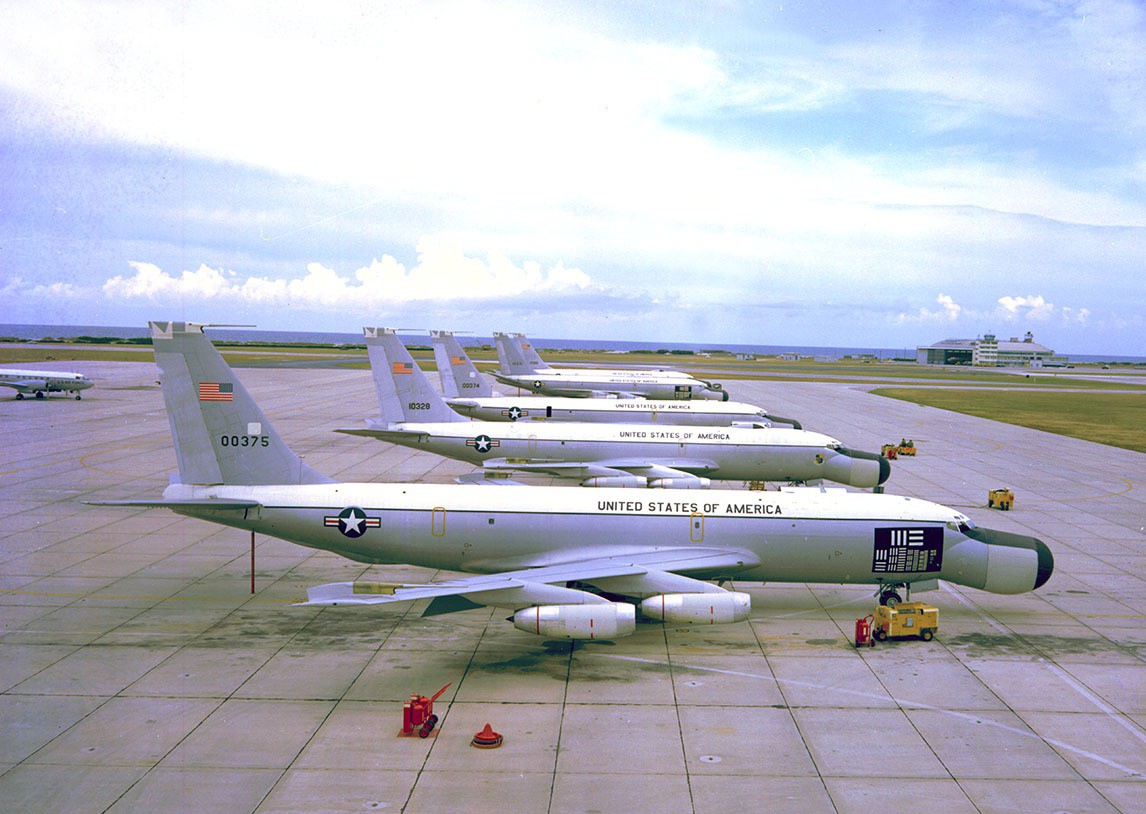
Figure 4: Five ARIA on the tarmac at Patrick AFB facing south. Hangar 800 and Atlantic Ocean in background ( photo by Bob Burns). Note ARIA TN 375, ARIA #1 for Apollo 17 TLI, has the special paint scheme for calibrating the ALOTS while in flight. ARIA TN 328, ARIA #2 for Apollo 17 TLI and reentry is ALOTs capable with special radome on top of fuselage located at FS 600. The ALOTS radome was successfully used for realtime satellite retransmission of telemetry data
During the period 7Nov to 29 Nov a series of ARIA/Houston simulations were conducted.
1. On 7 and 17Nov the ARIA Operations Control participated in simulations with Houston (MSC) and in particular Houston track.
2. A total of four simulations were run for TLI support. On 12 Oct simulations were run for the nominal case of TLI and provided familiarization training for ARIA Ops. Then on 18Oct, 7 Nov and 28Nov additional simulations were run where problems were injected into the mission support requirements that required changes to the ARIA Test Support Positions (TSP’s) and equipment configurations. These simulations provided excellent training for ARIA Ops personnel and proved to be very valuable in supporting the actual Apollo 17 TLI when the launch was delayed by 2 hours and 40 minutes.
3. Reentry simulations were run on 17 Nov. Both nominal case and problems were injected in order to exercise the ARIA Ops personnel and planning capabilities.
4. Flyby simulations were run on 28 and 29 Nov 1972 between the NASA C-121 aircraft (Figure 5) and two of the five ARIA on the ground. Two of the 5 ARIA and their PMEE crews were sequentially tested so that all five aircraft and crews participated in the simulations. Four spacecraft simulation passes were made on each of the two days. Full telemetry reception, astronaut voice relay (space to ARIA and ARIA to ARIA Ops) were simulated like those that would be used for the actual mission.
The simulations proved to be very beneficial to the ARIA Ops and PMEE operators.
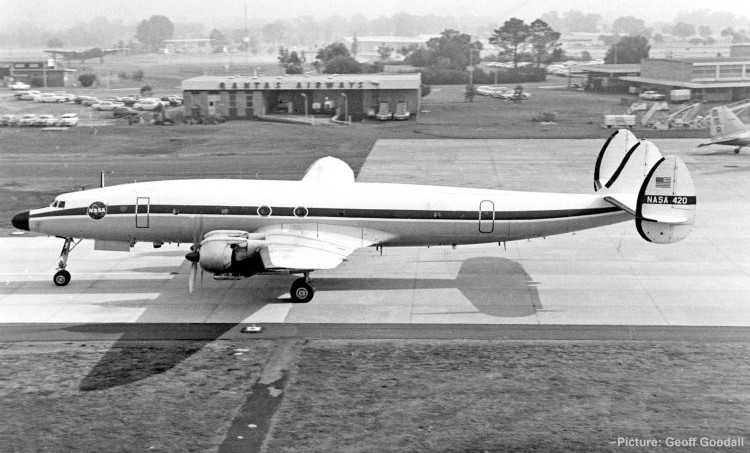
Figure 5: One of the two (TN 420 and 421) Super Constellations that were used for Network simulations and training by NASA for the Manned Spaceflight Network tracking stations (NASA TN 420 taxis past the Perth, Australia control tower on 29 June 1968; Picture by Geoff Goodall). For Apollo 17 NASA 421 flew simulations for the Pacific tracking stations and 420 did the Atlantic station simulations including ARIA. Note for Apollo 16 Pacific sector TLI, ARIA 3 & 4 staged from Perth and ARIA 1 and #2 staged from Darwin for mission support.